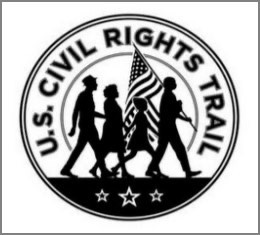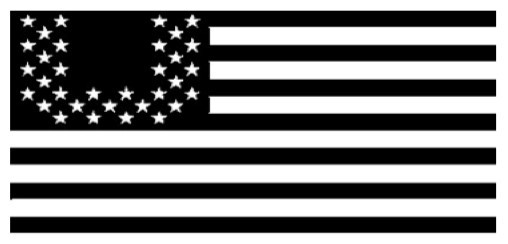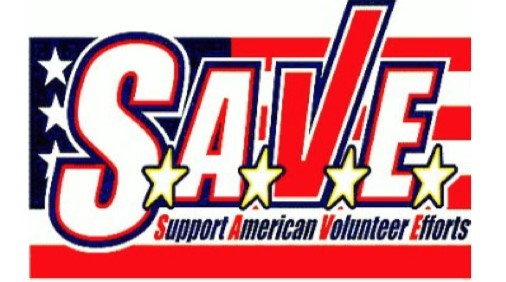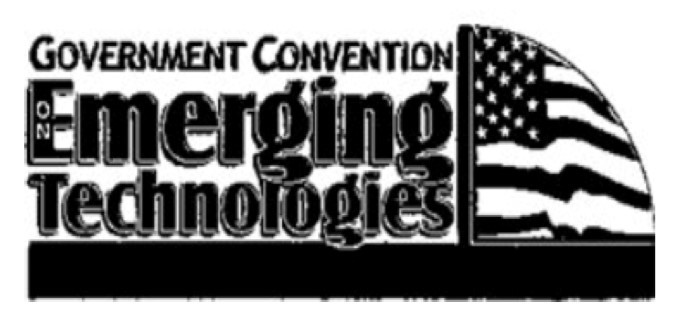In a recent precedential decision concerning the rarely litigated or cited Section 2(b) of the Lanham Act, the Trademark Trial and Appeal Board affirmed a refusal to register the service mark:

for tourism services on the ground that the mark includes a simulation of the American flag. In re Alabama Tourism Department, Serial No. 87599292 (TTAB, May 6, 2020).
Section 2(b) of the Lanham Act, 15 USC 1052(b), prohibits registration of a mark that “[c]onsists of or comprises the flag or coat of arms or other insignia of the United States, or of any State or municipality, or of any foreign nation, or any simulation thereof.” The rationale behind this prohibition is that “such insignia are symbols of government authority that ought to be reserved for signifying the government. In re Dist. of Columbia, 101 USPQ2d 1588, 1597 n.14 (TTAB 2012), aff’d sub nom In re City of Houston, 731 F.3d 1326, 108 USPQ2d 1226 (Fed. Cir. 2013).
As a preliminary matter, the Board interpreted the language of Section 2(b), specifically the question of what constitutes a mark that “consists of or comprises” a flag. The Board defined the word “comprises” to mean “includes,” and “simulation” as referring to “something that gives the appearance or effect or has the characteristics of an original item.'” Thus, the key question in evaluating the registrability of the applied-for mark is “whether consumers will perceive matter in the mark as a flag.”
The Board then reviewed the Trademark Manual of Examining Procedure (TMEP) guidelines for “Flags and Simulations of Flags.” The TMEP considers the following factors to determine whether consumers will perceive matter in a trademark to be a flag: (1) color; (2) presentation of the mark; (3) words or other designs on the drawing; and (4) use of the mark on the specimen(s). TMEP § 1204.01(a). The TMEP also provides examples of situations where consumers would not perceive a trademark to be a flag. TMEP 1204.01(b) states “[marks] containing elements of flags in a stylized or incomplete forma are not refused under 2(b),” and that [t]he mere presence of some significant elements of flags, such as stars and stripes (U.S. flag)... does not necessarily warrant a refusal.”).
Indeed, there are five listed scenarios in which registration should not be refused. They are:
- The flag design is used to form a letter, number, or design.
- The flag is substantially obscured by words or designs.
- The design is not in a shape normally seen in flags.
- The flag design appears in a color different from that normally used in the national flag.
- A significant feature is missing or changed.
In this case, the Applicant first argued that its flag design was missing significant features, like stars and stripes. The Board noted that the flag design in the applied for mark looked like a complete flag, hanging by a flagpole in a way that inadvertently obscured some of the stars and stripes. The Board provided an example of a registrable design in which a significant portion of the flag is missing or altered:

Second, the Applicant argued that the flag in its mark was incorporated into wording or the design, but the Board held that none of the significant features of the flag were changed in the applied-for mark. The Board provided an example of a registrable mark in which the flag was successfully incorporated into the design element of the mark:

Third, the Applicant argued that the flag in its mark was “substantially obscured” by other matter in the mark. The Board disagreed, giving an example of a “substantially obscured” flag in a registrable trademark:

Finally, the Applicant argued that its trademark was not a design normally seen as a flag shape. The Board reiterated that the flag in the applied-for mark was in the shape of a flag on a flag pole, and was therefore a normal flag shape. The Board provided an example of a registrable mark that was not flag- shaped:

Thus, it was held that the flag in the applied-for mark was “not sufficiently altered, stylized, or merged with the other elements in the mark, so as to create a distinct commercial impression, other than as a simulation of the [U.S.] flag.” Slip Op. at 26.
As a separate argument, the Applicant noted several third party trademarks that included depictions of U.S. flags. The Applicant claimed that the refusal in this case was therefore an inconsistent application of the trademark rules by the USPTO. The Board was not persuaded, noting that each trademark application stands on its own, and that the Trademark Examining Attorney was under no obligation “to reconcile his decision to deny registration here with the decision to register or allow... other marks.” Slip Op. at 29. In addition, the Board stated its belief that the Applicant’s evidentiary submission was most likely an incomplete picture of USPTO practice, as it omitted marks in applications that were refused registration under § 2(b) in a manner likely to be highly consistent with the action in this case.
* * *
There can be no doubt that the mark at issue clearly included a complete and normal depiction of a US flag. The more interesting question is the role that third party registrations could play in an applicant’s arguments in response to a USPTO refusal.
When prosecuting marks that are borderline registrable, it is common for practitioners to run a search and see how many similar marks have been approved for registration within a reasonably close period of time, and then to argue that the relevant application should be treated the same. This case demonstrates how unavailing this line of argumentation can ultimately be. More importantly, a negotiation with the examiner could have resulted in an acceptable use of some aspect of the flag.